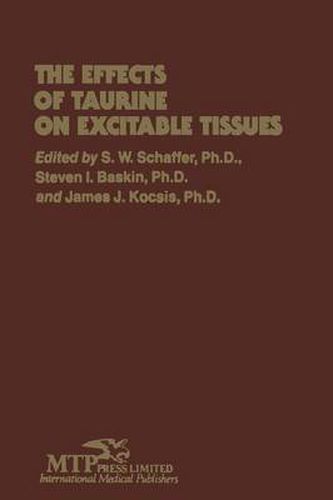Readings Newsletter
Become a Readings Member to make your shopping experience even easier.
Sign in or sign up for free!
You’re not far away from qualifying for FREE standard shipping within Australia
You’ve qualified for FREE standard shipping within Australia
The cart is loading…






This title is printed to order. This book may have been self-published. If so, we cannot guarantee the quality of the content. In the main most books will have gone through the editing process however some may not. We therefore suggest that you be aware of this before ordering this book. If in doubt check either the author or publisher’s details as we are unable to accept any returns unless they are faulty. Please contact us if you have any questions.
It has become an annual custom for the Physiological Society of Philadel phia to sponsor a spring symposium in honor of A. N. Richards (\876-1966), a research pharmacologist who developed the classical micropuncture tech nique for studying kidney function. The A. N. Richards Symposium for 1979 was held on April 23-24 in Valley Forge, Pennsylvania. The theme of this symposium was The Actions of Taurine on Excitable Tissues. Although taurine was discovered as a constituent of bile salts in 1857 by a chemist and an anatomist (Gmelin and Tiedemann), interest today centers chiefly on the extrahepatic actions of taurine, especially in brain, heart, and other excitable tissues. Research on taurine is clearly in a period of exponential growth. We can be sure that the research reports presented and described herein as the Proceedings of the Symposium will provide impetus for further growth. Thus the report describing macromolecular receptors for taurine in myocardial sarcolemma may provide a model for exploring the molecular mechanisms that underlie the action(s) of taurine. Stabilization of mem branes and modulation of ion fluxes are two fundamental actions of taurine dealt with in many of these reports. It is just these actions of taurine that have been reported by several investigators as being involved in human myotonia, diabetes, and heart failure.
$9.00 standard shipping within Australia
FREE standard shipping within Australia for orders over $100.00
Express & International shipping calculated at checkout
This title is printed to order. This book may have been self-published. If so, we cannot guarantee the quality of the content. In the main most books will have gone through the editing process however some may not. We therefore suggest that you be aware of this before ordering this book. If in doubt check either the author or publisher’s details as we are unable to accept any returns unless they are faulty. Please contact us if you have any questions.
It has become an annual custom for the Physiological Society of Philadel phia to sponsor a spring symposium in honor of A. N. Richards (\876-1966), a research pharmacologist who developed the classical micropuncture tech nique for studying kidney function. The A. N. Richards Symposium for 1979 was held on April 23-24 in Valley Forge, Pennsylvania. The theme of this symposium was The Actions of Taurine on Excitable Tissues. Although taurine was discovered as a constituent of bile salts in 1857 by a chemist and an anatomist (Gmelin and Tiedemann), interest today centers chiefly on the extrahepatic actions of taurine, especially in brain, heart, and other excitable tissues. Research on taurine is clearly in a period of exponential growth. We can be sure that the research reports presented and described herein as the Proceedings of the Symposium will provide impetus for further growth. Thus the report describing macromolecular receptors for taurine in myocardial sarcolemma may provide a model for exploring the molecular mechanisms that underlie the action(s) of taurine. Stabilization of mem branes and modulation of ion fluxes are two fundamental actions of taurine dealt with in many of these reports. It is just these actions of taurine that have been reported by several investigators as being involved in human myotonia, diabetes, and heart failure.